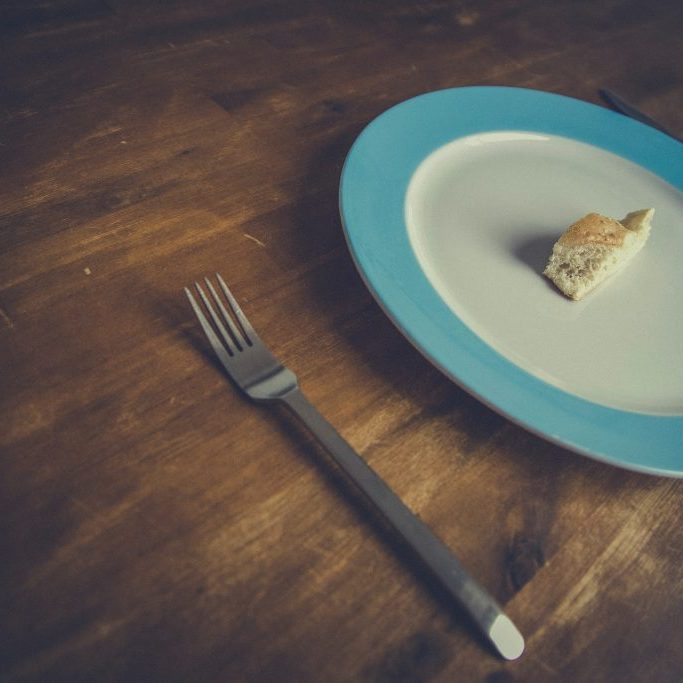People want to lose weight as fast as possible, but at some point it becomes counterproductive to continually lower your calories.
Once you identify a diet you enjoy ⸻whether it be low-fat or low-carb or somewhere between, the hardest part is sticking to it for long periods because adherence is the main indicator of weight loss success. Therefore, in addition to focusing on calories we also have to think about exercise and daily activity so that we don’t have to eat 1000 calories to keep losing weight.
The first step in weight loss is setting realistic goals because without it you will likely feel discouraged or dissatisfied and burn out. After you’ve identified a goal (e.g., amount of weight loss and a timeframe), then you can use something like the body weight planner to help you understand how to get there.
If you want to take a more hands-on approach, you can determine how much weight you want to lose per week to reach your goal, then adjust calorie intake and exercise to reach a certain percentage of weight loss each week.
What’s The Optimal Rate Of Weight Loss…?
A good rate for those who are overweight or obese is between 1-3% per week while physique athletes are recommended to lose ≤0.5% body weight per week during competition prep. For the vast majority of people, sticking to a 0.5-1% of total bodyweight lost per week is going to be the best route to take, in regards to a sustainable rate of weight loss.
However, at some point weight loss is going to require you to eat a lot less calories than you’re used to eating (metabolic adaptation, is what we’re referring to here, and may require reverse dieting post-diet). That’s scary. I’ve had dozens of clients have to eat < 1200kcals per day, especially small women.
Research On Very-Low-Calorie-Diets (VLCD)
Research has used low calorie and very-low calorie diets for obese people for decades. These diets range from 600-1200 kcals per day and are very effective, but might not be ideal for everyone, especially for long periods.
They also may not translate well to people who are not obese. That’s because they are very restrictive. Our environments and social lives aren’t set up for being overly restrictive. So, based on your goal and what you need to accomplish it (see above), you’ll need to figure out how many calories to eat.
A good starting place is a ~20% deficit. So if you’re eating a 2000 calorie diet that would mean reducing your calories to 1600. You want to eat this much for as long as you can while still losing weight.
Further, if you’re already eating 1600 calories that same 20% would put you at a new intake level of 1280 calories. You can see how calories can be low very quickly if you’re a small person. That’s why there’s no “absolute” cutoff for how low your calories can go while you’re dieting.
We simply can’t make a specific calorie rule when people are so different from each other. We can look for indicators though. The first of those is mood. We don’t want an overly restrictive diet to ruin our mood (e.g., depression, anxiety) or cause an eating disorder.
We also don’t want to see any indicators like hair loss or dizziness. For females, losing their menstrual cycle can be a huge problem for their overall health, so that’s another indicator that calories are too low.
Severe fatigue could be another sign that calories are too low. We want to balance the ability to keep exercising with our diet to ensure that we can continue to exercise at a good level. This may mean slowly increasing your physical activity (e.g., steps) or cardiovascular exercise to help you stay in a deficit.
Most people forget that as you lose weight you actually need less calories, so that 20% deficit you started with now will be more like 12-15% after two months. You also have to account for metabolic adaptation, which is small but not negligible. Most metabolic adaptation can be accounted for by moving less (NEAT), which is why paying attention to step count could make your life easier in the long run.
To sum it up: there is no clear-cut calorie level that is too low for everyone. You’re going to have to do some trial and error to figure it out.




















































































































































































































































































































































































































































































